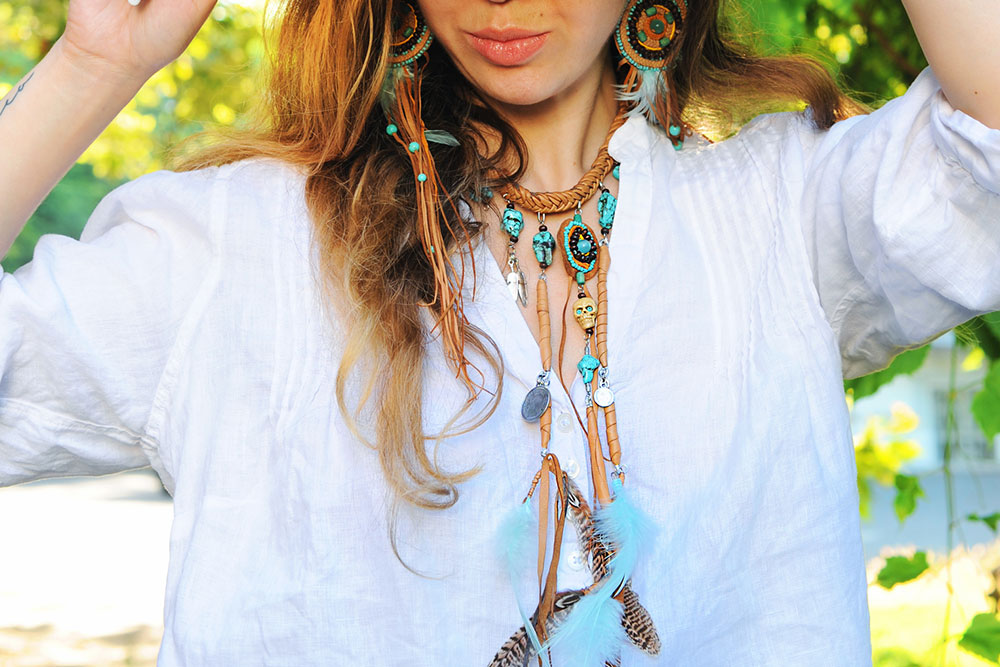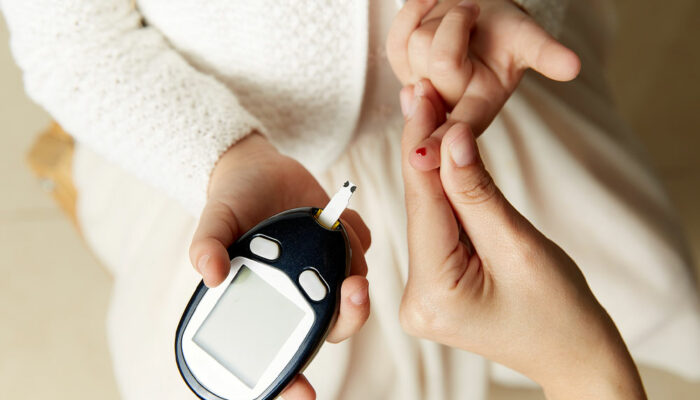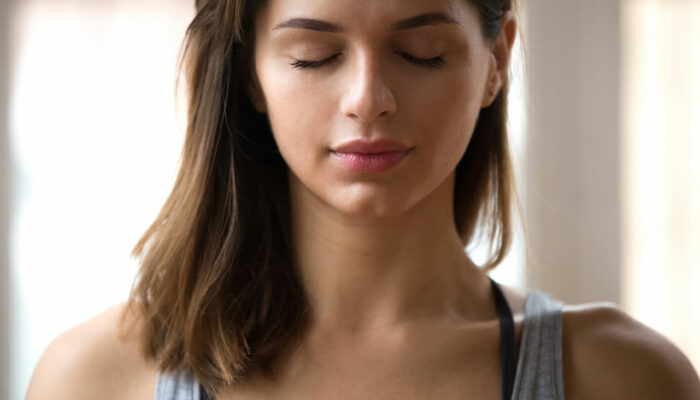13 must-have jewelry essentials for every woman

For generations, jewelry has been a staple in many people’s wardrobes. A collection of versatile and timeless jewelry pieces, whether traditional, sparkling, fine, or basic, can come in handy to elevate an occasional party outfit or an everyday outfit. But choosing from the different types of jewelry available, each made with distinct materials and designs, can be overwhelming. Amidst this diversity, however, there are certain jewelry staples that every woman can stock up on.
1. Classic pearl necklace
A classic pearl necklace is versatile enough to complement formal attire like an evening gown and casual chic looks. This accessory, with its classic allure, is also known to transcend or withstand trends. One can also have a pearl set, including earrings and finger rings, handy to complete a look.
2. Pendant necklace
A pendant is a suspended ornament or charm on a gold or silver chain. Pendants can have minimalist designs or more intricate and elaborate motifs. Simple, dainty pendants can add a subtle touch to one’s outfit, while a bold pendant can make a statement. These necklaces are highly customizable and suitable for almost all occasions, making them essential in one’s jewelry box.
3. Layered necklace
Individuals can curate a multi-layered necklace with singular pieces they own or buy a ready-to-wear ensemble. These necklaces combine chain lengths, pendants, and textures to create a complete, layered look with a cascade effect. Some commonly curated chain styles in a layered necklace include beads, cable, rope, snake, Venetian, and wheat. The length of the chains can vary from 16 inches to 36 inches or even more. A layered necklace is a contemporary accessory that can make one’s attire more stylish. It also allows one to experiment with different necklace lengths, textures, pendants, and styles.
4. Tennis necklace
A tennis necklace is a type of delicate and flexible chain with a straightforward line design that can also be stacked. While the style and design of a tennis necklace look simple, it is versatile enough to be worn alone as a statement piece or layered with other necklaces for a more eclectic style. They look especially great with a V-neck and halter-style neckline. One can also add a tennis bracelet to the collection to complete the look and add a touch of refinement to any ensemble.
5. Stud earrings set
One can instantly diversify one’s collection by adding a set of different studs. These are tiny earrings made from various materials, such as gold, silver, diamonds, simple metals, or colorful gemstones. Some common stud styles include classic round studs, elegant pearl studs, stone studs, minimalist geometric studs, sparkling crystal or cubic studs, cluster studs, and nature-inspired motifs like flowers or stars. These earrings offer incredible versatility in the types of outfits they enhance and the sizes and designs they come in. Owing to their relatively smaller size, they can be worn as everyday jewelry during various activities.
6. Hoops
Hoops are one of the most celebrated fashion staples known to transcend trends. These circular earrings frame one’s face elegantly and come in various sizes, from small and delicate to large and textured. The simplicity of hoop earrings allows them to transition from casual to formal settings, making them an essential accessory in every woman’s jewelry collection. For example, classic gold or silver hoops can be one’s go-to choice for a minimalist everyday look, while embellished hoops can be reserved for special occasions.
7. Dangle earrings
Dangle earrings featuring intricate designs or beads can become incredible statement pieces that add movement and personality to one’s outfit. They come in different styles, from long and elegant drops made with gemstones or pearls to bohemian-inspired, colorful designs with tassels or feathers.
8. Statement cocktail ring
A bold cocktail ring adds flair to any ensemble, making it a must-have for special occasions. One can choose a design that resonates with one’s style, whether vintage-inspired or modern chic.
9. Minimalist bracelet
A minimalist classic gold or silver bracelet can add elegance to one’s everyday look. It is delicate and exudes a subtle charm, making it ideal for professional settings and casual outings. It can also effortlessly complement other jewelry pieces without making one’s appearance overwhelming. Alternatively, it can also stand alone as a statement piece.
10. Cuff bracelet
A cuff bracelet is a chic wrist accessory that makes a stylish statement without overpowering one’s outfit. One can use minimalist designs to enhance elegance or bold creations for a dramatic effect. Metallic cuffs can complement business attire, while gemstone-studded cuffs can add glamor to an evening gown or dress.
11. Vintage brooch
A vintage brooch can be another unique piece worn with scarves, blouses, or jackets. A well-crafted vintage brooch can enhance one’s outfit with elegance.
12. Nose studs
While not the most common everyday jewelry, one can consider having a couple of nose studs in one’s collection. This delicate accessory can be a game-changer that adds an edgy element to one’s style or a touch of subtlety and charm to the face.
13. Wristwatch
Beyond keeping time, watches are a classic add-on in varied designs, belts, and colors. One elegant piece of this essential accessory can go with nearly all outfits. Since it combines practicality and sophistication, it is an indispensable addition to one’s jewelry collection.

